How I Found Love… After 9 Years Of Being Single
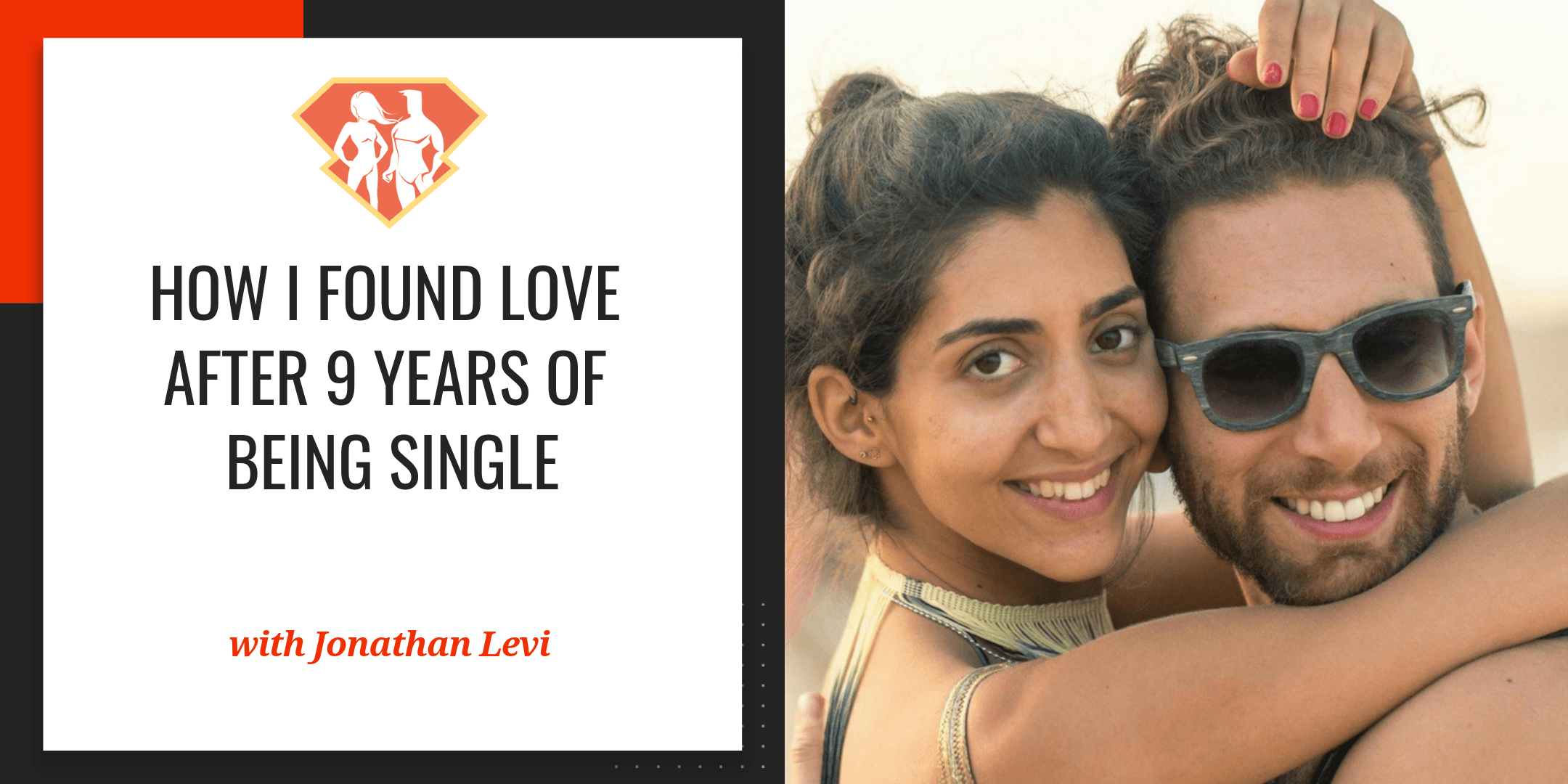
July 9th-11th, 2018
As I write this, I am happily seated in a beautifully appointed business class seat, returning from an incredibly blissful week-long island retreat with my team members and their families, full of strategy, connection, and bonding.
All of this, of course, would be more than enough to classify as a tremendously blessed week. What’s unique about this trip, however, is that I am also seated next to my newly-minted fiancée, Limmor.
Just over 15 months ago, if you’d told me I’d be sitting here today, I likely wouldn’t have believed you.
In fact, in my 9-year-long, on-and-off search for the perfect mate (across 4 continents and as many countries), I had all but given up hope.
I’d started considering extreme, bizarre, and even desperate options – from hiring a matchmaker, to settling down with a close friend, to simply adopting children on my own.
So how, then, did I arrive here – one half of one of the happiest, healthiest, and most loving relationships I’ve ever seen, just 15 short months later?
In this post, I will attempt to impart the many lessons I’ve learned. I’ll share how I applied accelerated learning principles towards the types of self-development, healing, and maturity required to create a loving relationship, as well as the many things my much more experienced fiancée has taught me since starting one.
By the end of this post, I hope that I will succeed in convincing you of one, ever-important message that was shared with me: you are not broken, nor are you hopeless. You can find love, even if you’ve never had it, had it and lost it, or reserved it for everyone but yourself. If my experience impresses upon you just one simple takeaway, it’s this: Not only can you apply accelerated learning principles towards building relationships in your life, but in fact, it is perhaps the most important and rewarding application you could possibly pursue.

Join Jonathan for a completely free, 1-hour training seminar, where you'll learn the top 3 strategies to accelerate your learning and improve your memory!

This episode is brought to you by Organifi. Save 20% on their highly-recommended green juice products with coupon code “superhuman.”
The early years
To understand how and why I found myself single for an unbroken third of my life, some background is necessary.
From a very early age, I was particularly fond of females. While their marriage is far from perfect, my parents both raised me to appreciate women not just for their beauty, but also for their kindness, sensitivity, and strength. One of my father’s favorite stories of me as a baby involves my fixation with a particularly beautiful woman at a bar, whom I simply would not let out of my sight. I stared and stared, and only smiled and clapped my hands when she came over to jokingly offer me her phone number.
All throughout my pre-school, kindergarten, and grade school years, I desperately sought love – and almost always found it unrequited. I was, perhaps, mature beyond my years, and wanted to have a companion with whom I could experience life.
By middle school and high school, the one-way nature of this courtship had become something of a pattern: I would become infatuated with a classmate, quietly pining for her attention and affection, only to be turned away when I finally made a move. Over time, this, combined with ailing academic performance and an overall lack of friends, compounded into years of depression and self-hatred.
In high school, I found myself in my first real relationship, and was first exposed to the idea that someone could love me despite me not fully loving myself. Though that relationship was, in many ways, healthy and happy, it – like most high school relationships – ended in heartbreak, followed by intense feelings of betrayal and resentment.
In college, I found myself again in a position of powerlessness. As a freshman, I lacked the skills – and the status, perhaps – to attract a suitable mate, and old patterns of pursuit and disappointment resurfaced. Sophomore year came around, and before classes even officially began, I met Samantha (name changed for privacy) – an incoming freshman who, in many ways, was my female counterpart. A fellow only child, educated at one of the best public schools in California, with Jewish heritage, a track record of achievement, and a passion for social equality. For the first time in my life, I fell into what can only be described as earth-shattering, stomach-churning, young love. The sun rose and set on Samantha, and she immediately became a massive part of my life.
Anatomy of a broken heart
Life with Samantha was not all roses and smiles, though. As two only children, we shared so many of the same imperfections and expectations. Often times, we were both in a position where we felt less supported than we were used to, made more sacrifices than we were used to, or generally were disappointed in one another’s failure to meet our expectations.
From my perspective, Samantha had been raised to be tremendously self-centered and spoiled by her doting parents – a condition exacerbated by a series of “drop everything and drive across the state overnight to bring you flowers when you’re sad” boyfriends who fed both her ego and her impossibly high expectations. From her perspective, I was a workaholic who put my company above all else, and made excuses to avoid supporting her as I should.
This manifested itself in a constant stream of bitter, critical comments, complaints, and comparisons to past boyfriends that I only later was able to see as regular old emotional abuse.
One way or another, the relationship was far from healthy: regular fights and arguments, often culminating in “I never want to see you again” breakups and “it’s going to be ok” reunions, left us both emotionally exhausted and depleted after just 16 months.
When Samantha and I decided to spend some time apart, it was hard enough. But when she immediately began seeing someone else, it was like the entire world had collapsed. For months, I left my bedroom only to go to classes, and since I had selected many of those classes with her, attending them was absolute torture. Seeing her, escorted in by her new boyfriend, still ranks as among the most painful emotional experiences I’ve ever endured. It didn’t help that she decided not to move her birthday party – complete with the new boyfriend arm-in-arm, that she’d coordinated in my fraternity house. Talk about empathy, huh?
For the remainder of college – and for years thereafter, I was understandably hesitant to enter into a relationship. Or get too close. No matter how lovely the woman I’d meet would be, I’d either compare her to Samantha, revert to old patterns of chasing her away, or put up walls to keep myself from getting hurt. During this time, my average dalliance lasted a week or two, with my longest relationship lasting just under 3 months.
All this, of course, was not for lack of trying: Over the course of those 9 long years, I tried everything in my power to find a relationship – or so I thought. I attended Jewish social events and asked friends for introductions. I read nearly a dozen books on social psychology, dating strategy, and even “pickup artistry.” I joined business networking organizations and attended an elite business school, combing through the directories for potential mates. I even tried dating sites and apps – all of them. In the end, none of it worked, and left me defeated, depressed, and deflated.
The Comeback Kid
By 2016, I was, for lack of a better word, desperate to find “the one.” I not only knew exactly what I was looking for – I even had a spreadsheet for calculating how close a potential mate came to the template!
My issue, I insisted, was one of “deal flow.” The type of woman that I wanted: strong, successful, intelligent, multicultural, and of course, beautiful, was typically snatched up in the dating market, and rarely spent more than a week or two between relationships. Most of them, indeed, were probably already married.
It’s important to note that up until that time, I’d been told by everyone I encountered that “love will find you when you least expect it,” or “it comes when you stop looking.” Easier said than done. As I would often lament to friends and family, in every other aspect of my life, when I want something, I read up about it, learn how to do it, and then go out and do it. In this way, results are directly proportional to effort. In pursuing a mate, however, I had come to believe that the opposite was true. The more effort I made, the further and further away love seemed to drift.
In 2016, however, I decided to change my strategy altogether. Through interviewing over a hundred of the world’s top performers on my weekly podcast, I had been exposed to a lot of interesting ideas – including the idea that if you want to have something, you mustn’t simply go out and get that thing – but rather, you must become the kind of person that naturally would have that thing. (Click here to tweet this)
Want to have millions of dollars? It’s not enough to go out and try to make money. No – you must first become the kind of person that is capable not just of making millions, but also of holding on to them.
When it came to love, therefore, instead of trying to apply effort towards the strategy and technique behind the pursuit itself, I would instead apply effort towards using accelerated learning to become the kind of man that naturally would already have it in his life.
I began speaking to various counselors, coaches, and mentors, and treating this endeavor as I would any other learning challenge. I applied brute force learning to begin synthesizing and reinforcing knowledge from diverse sources. I also started reading a completely different type of book.
The first of these was Arielle Ford’s The Soulmate Secret: Manifest the love of your life with the law of attraction. Having been exposed to The Law of Attraction over half a decade prior, I was a firm believer in its power, and had already seen the incredible power with which it could manifest greatness in one’s life. Indeed, my entire business and the lifestyle it affords was created by the deliberate and astute application of The Law of Attraction. Why, then, had I never applied it to this one, last, incomplete area of my life?
While I found a number of helpful and practical tips in Ford’s book, overall, I knew that it wasn’t going to be enough. While hanging Rose Quartz adorned Merkavas (a form of a 3-dimensional spiritual symbol used to attract things into one’s life) in specific areas of one’s home couldn’t hurt, I realized that it was likely I would need to change more of myself if I wanted to truly attract “the one.”
It was along about this time that another book was pushed into my consciousness – likely, of course, by The Law of Attraction. On two totally separate occasions, two female entrepreneurs whom I respect and admire a great deal told me the exact same story about two distinct groups of friends.
“You should just read that book that everyone is reading. A group of my girlfriends and I all read it together, and we’re all either engaged or married today,” they each said with an eerie similarity.
“What’s it called?” I asked with great interest.
“Calling In ‘The One.’”
The first time you hear a story like that, it’s enough to pique your interest and maybe motivate you to write the title down.
The second time, however, it’s enough to motivate you to real action – and so, on the spot, I picked up a copy of Katherine Woodward Thomas’ bestselling book, and began reading it almost immediately.
3 months later, I met Limmor – the kindest, most supportive, most loving woman I’ve ever met in my entire life – and we’ve been together ever since.
Becoming The Person You Need To Become (To Find Love)
Before you drop everything and pick up a copy of Calling In “The One,” let me warn you: it takes work.
The book is comprised of a 7-week, daily course. Every day, you are given an exercise – ranging from a simple meditation on your intentions, to writing a 20-page journal entry, pasting post-it-notes around your home, or creating an entire vision board.
Don’t skip these.
In the year and a half since reading the book, I’ve recommended it to probably 25 people. Out of those 25, only 5 of them have actually picked up the book, and of those 5, only 2 of them have actually done the exercises diligently. Do you want to guess which 2 of my friends are currently in long-term relationships with the partner of their dreams?
So, what is it about this magical little book that seems to take the most dejected, broken, and lonely among us and turn us into poster-children for marital happiness?
It’s not magic – nor is it rocket science.
It’s simple psychology.
In a fast-paced, do-it-yourself course, Katherine Woodward Thomas has somehow managed to condense what would take years of working with a therapist or coach every week into something anyone can do in as little as thirty to forty five minutes a day – with absolutely incredible (and often unbelievable) results. It’s accelerated learning at it’s finest.
This plays out in a number of unique ways, and brings to light a lot of things that, quite honestly, might shock you.
Whereas before Calling In The One, I would have described myself as a pretty emotionally healthy and well-grounded human being, the sheer weight and breadth of the crap that surfaced in just 7 short weeks literally blew my mind.
Some key takeaways
Take this one, for example:
When I was 5 years old, I wanted desperately to buy a golden heart locket for a little girl in my class who I claimed to love. My mother, understanding that this was very much inappropriate and likely unacceptable to the little girl’s parents, tried to talk me out of it. Her way of doing so, while admittedly well-intentioned, was to ask me simply this: “does that mean that you don’t want mommy as your valentine anymore?” Of course, my mother never meant to imply that my interest in other females was in any way a betrayal of her love… but in my still-developing 5-year old brain, that’s exactly what this experience meant.
Over time, despite the fact that my mother actively encouraged me to find love – and often advised me on how best to do so – I was carrying around what Thomas calls a “silent agreement.” As an only child, who often witnessed arguments and disagreements between my parents, I had silently agreed to my mother to always put her first, and had both guilt and anxiety about abandoning her to find love. Through the self-work I was doing in Calling In The One, I struck up the courage to approach my mother about this and vocalize my request for her to release our silent agreement. Not only did she not remember that day in the store – but she actually expressed a deep desire for me to find love, even at the expense of my closeness with her.
And that’s just one example of a limiting psychological belief – one so deep that I wouldn’t have even remembered it without coaching – but one that stood in between myself and the relationship I so deeply wanted.
Here’s another:
Remember how, at the beginning of our story, I spoke of a pattern of pursuing women, only to be rejected, time and time again?
Well, through the work I did in Calling In The One, I discovered that this rejection wasn’t, in fact, reflective of my appeal to the opposite sex, but instead, was a deeply ingrained example of what Thomas calls “unconscious patterns.” With very little experience or understanding of an alternative pattern or framework, I had spent the last 25 years regularly attracting the same, repeating pattern into my life.
When the curtains were pulled back, I was able to look at each and every one of my romantic interests, and trace them back to the repeated behaviors and beliefs I had learned throughout pre-school, kindergarten, and grade school. In other words, I had a very immature and intense way of pursuing romantic interests, and this ultimately repelled any would be candidate – fast. Once identified, it was easy to see the steps I had taken to self-sabotage, immediately eliminate them, and work with a coach for a few short hours to learn new, more productive behaviors and beliefs – like not baring my entire soul on a first date.
Two pretty big breakthroughs, right? Those aren’t all.
In fact, some of the most difficult exercises in Calling In The One involved myself and my beliefs about who and what I was. Throughout the years of rejection and romantic failure, I had painted an avatar of myself as a modern-day Cyrano de Bergerac… eloquent, intelligent, and well-spoken, but ultimately cursed to be hideous and unappealing to the fairer sex. This left me with a series of beliefs about my own worth.
Subconsciously, I had even come up with a series of explanations as to why any prior successes with the opposite sex, including my high school relationship and Samantha, had been flukes or cases of poor judgment on the other person’s side. Just identifying these deeply-held beliefs and bringing them to light was one of the most healing experiences I’ve ever had, but that was only part of the battle: in order to overcome them, I had to painstakingly work on it, through journaling, meditations, and other creative exercises and rituals.
For months, both my home and my office were decorated with post-it notes, reminding me that I was worthy of love and affection, that my life was one of joy and purpose, and that I have enough love to give another human being.
And then, there was Samantha.
Over the years, through meeting and dating other women, I had come to understand just how emotionally abusive and manipulative she had really been. What I hadn’t done, however, was acknowledge my part in all of it – or traded in my anger and resentment for forgiveness and compassion.
Through the coursework of Calling In The One, I was forced to confront the reality head-on, and ask myself the difficult question: what was she not getting that made it impossible for her to give me what I needed?
Ultimately, Thomas’ work guided me through the drafting of a deeply healing and purifying letter to Samantha, which, though never sent, provided closure and peace after 9 long years.
There were many other transformative elements of Calling In The One, of course, but the rest of them you’ll just have to discover on your own.
What you want to hear is the juicy part: the love…
Enter Limmor
On a sunny day in March, I stepped out of my office and bumped into Shelly (not her real name), a friend from California who had moved to Israel. We stepped outside for a cup of coffee and a much-needed catch-up that would ultimately change my life forever.
Though Shelly and I had almost dated years prior, we quickly realized that we weren’t a good fit, and settled into a warm but distant friendship as time progressed.
During that fateful conversation, I shared with Shelly the process I was going through in my pursuit of a mate. I suggested she do the same, and when she lamented at how much work it all seemed to be, we had a heated argument and parted ways less than amicably.
Imagine my surprise, then, when I received a text from Shelly later on that week:
“I found the perfect woman for you.”
Shelly went on to tell me about Limmor, her childhood friend’s cousin, who was finishing law school. I was given a beautiful, smiling photo and two details: “She just gave a TEDx talk, and her last serious relationship ended because she was way more ambitious than he was.”
Intrigued, I accepted.
As I would later find out, the magic of the cosmos had put Shelly and Limmor on the same street that very same day – despite the fact that Limmor wasn’t from the area. Remembering our heated argument, Shelly skipped over the niceties and jumped straight into action, “are you single right now?”
“Yeah, I just got out of a short relationship a week ago,” replied Limmor.
“How do you feel about half Americans?”
Getting together
As I sat beside Limmor for the first time, I was taken aback not by her beauty or even by her sense of humor, but by her intelligence, class, and elegance… “This,” I told myself, “is a true lady.”
That evening, we spoke of philosophy and travel, of life experiences and ambitions. We shared a delicious beef dish that looked eerily like the one on my “find a mate” vision board, and she laughed at the way I liked to eat with my fingers. We ended the night with me escorting her to a family member’s apartment nearby, where she would spend the night rather than commuting home. Eager to avoid my repeating pattern of infatuation and rejection, I opted for a hug instead of a kiss, wished her a good night, and promised myself not to make up my mind until the second or third date.
A common theme in Israeli culture is the idea of “flowing” like water. Too uptight? Need to be more spontaneous? Your average Israeli will almost certainly remind you to just flow with it.
That is exactly how I would describe the first month of courting Limmor.
One date flowed into the other. Busy schedules opened up and made space. Conversations snowballed for hours on end. She fit in with friends, both local and visiting. I’d propose Acro Yoga, and she was happy to learn. She’d share interesting things she was learning in law school, and I was enthralled. It was, in a word, so easy.
As an interesting aside about the law of attraction and it’s power, remember all of the work I’d done to reorganize my home? Oddly enough, the first thing that Limmor noticed when she walked in for the first time was the rose quartz-adorned Merkava, after all – she happened to be wearing one around her neck. Spooky.
As we became closer and closer, it was clear to see that something was different about Limmor. You see, years prior, I had a rare opportunity to speak with the famed relationship expert and two-time New York Times Bestseller Esther Perel.
Building a happy life with a partner
In a moment I’ll never forget, I took the chance to ask Esther the question that had been weighing on my mind for literally years:
Today’s generation, I lamented, has more options than any other generation before it. While our ancestors maybe encountered a few potential candidates in the tribe, and our parents’ generation maybe a few dozens, our generation can easily browse through a few thousand potential candidates in one good session on OKCupid. Pair this with the fact that we are coming to accept that monogamy isn’t natural or realistic with such longer lifespans and you’re left with a real problem… We know that we need to make compromises, and that nobody is perfect, but just how the heck do we choose the right mate for building a marriage that lasts?
What Perel said next rocked my world:
“Well, Jonathan, I think it’s important for you to understand that the person who gives you butterflies is not the person with whom you are going to build a happy life.” (Click here to tweet this)
Bombshell.
As I digested and processed that one simple statement, I came to realize what had held me back up until now.
By repeatedly pursuing women who made my heart race, I was not seeking love: I was seeking thrill and excitement – that storybook romance – and then going through the same patterns over and over again to sabotage it towards the same old outcome.
Instead of looking for a partner that made me feel safe, secure, and grounded, I was looking for someone who made my heart race.
I wonder… When did it become the cultural narrative that your heart should skip a beat when your prospective mate comes into the room?
Anywhere else in life, a feeling in the pit of your the stomach isn’t a good thing: it’s a sign that your body has identified something to be dangerous. Sure, it can be a sign that we’re doing something fun or challenging, like speaking on stage in front of 1,000 people or going down a water slide. But in general, it’s a sign of imminent danger. We feel it that tingly, uneasy sensation when we see a child run into the street. We feel it when jumping out of an airplane. We feel it when we turn on the news and learn about the stock market crashing. In all of these cases, we know that the “butterflies” in our stomachs are an indication of danger, and yet, when we feel it about a member of the opposite (or same) sex, we think “gee, this must be love at first sight,” and dive in head first.
With Limmor, this was completely different.
Over the ensuing months of our courtship, I came to describe our blossoming relationship with one of two metaphors.
In the first, I would explain that this relationship, unlike any before it, felt less like a bustling rapid full of excitement and spectacle, and more like a calm, placid river, flowing gently and calmly at the surface as it becomes increasingly deep down below.
In the second metaphor, I would point to various places on my body in an effort explain that for the first time in my life, I wasn’t experiencing love in my stomach and in my heart, but rather, in my heart and in my head. Indeed, my love for Limmor developed not out of an aching pain when she wasn’t around or a head over heels sensation of “falling,” but out of a very rational and logical decision to open my heart up to her. I didn’t fall for Limmor head over heels: I fell for her of my own accord, intentionally, deliberately, and happily.
Now, this isn’t to say that there isn’t passion and excitement in our relationship… far from it!
Limmor and I took our first trip – an adventure into the desert for Israel’s Midburn festival – less than two months into our relationship. We moved in together after just four and a half months. We travel together, learn new things together, plan surprises for one another, and laugh until tears stream down our faces. Indeed, through every step of the way, there has been excitement, intrigue, and attraction as I continued to learn and appreciate more and more about this incredible, kind, and loving woman. What there hasn’t been, for the most part, are feelings of danger or fear.
Different styles of attachment
During my 9 year journey, I had the great fortune to happen upon a book called “Attached.” In it, the authors apply childhood attachment psychology towards understanding the different attachment styles, from avoidant, to anxious, to secure. The authors conclude that all it takes for us to find a healthy relationship is for anxious or avoidant attachers to find themselves a secure attacher.
Boy, is this true. Whereas I’m clearly an anxious attachment style, and tend to fear and obsess over losing those I love through some wrongdoing on my own part, Limmor is very much a secure attachment style. What’s more, she is, without question, the most psychologically grounded and emotionally rational woman I’ve ever met. When I expressed anxiety about moving in together and my complete lack of experience cohabitating, she calmly explained to me why she felt we were ready, detailing why this was an important step in evaluating whether or not it made sense to continue as a couple, and calming me with her assurance that it wouldn’t be the end of the world if things didn’t work out, but rather, preferable to finding out a year down the line. Instead of reading into my anxieties as a sign of some fear of commitment, she put her ego aside, and spoke to me from a place of partnership, support, and pragmatism.
When, in the early days of our relationship, I made mistakes, oversights, or immature acts of protest that reflected my lack of experience with or understanding of healthy adult relationships, she de-escalated tensions, and coached me from a place of love and compassion. Instead of retaliating, she patiently taught me more effective ways to communicate my feelings and achieve the change I was hoping for in our relationship. Skills like even more open communication and vulnerability – which I diligently applied my accelerated learning skills towards mastering. (Limmor has since adopted some of my American slang to let me know when I’m “crushing this boyfriend shit”).
When I panicked because I felt a decline in my affection, she explained to me rationally and calmly that this was normal, natural, and probably temporary… and that I shouldn’t obsess over it or jump to conclusions unless it persisted. (It didn’t, and since then, I’ve learned not to freak out or make assumptions because of mood swings or anxieties that naturally come and go. What’s more, Limmor has also helped me see just how much time and effort I waste obsessing over worst case scenarios, and regularly helps get me out of anxiety and worry loops in my personal and professional life).
So secure is Limmor’s attachment style, that when, after already receiving her family’s blessing to propose, I had a bout of cold feet wherein I had begun judging her and questioning our relationship, she did the absolutely unthinkable. Instead of walking out, she set clear boundaries of what was and was not acceptable to her in our relationship, reserved judgment while I worked things out on my own, and forgave me when I came to my senses. Though I couldn’t see it at the time, she understood that I was processing and dealing with a tremendous amount of stress and fear both personally and professionally, which was leading to depressive, critical, and irrational behavior.
She encouraged me to speak to my mentors, friends, family, and even a trusted relationship counselor, and had faith in my ability to make things right. Whereas just about any other person would have probably put up their defenses and left or manipulated the other person in that situation, Limmor stepped up, listened, advised, and acted not only as my partner, but as my mentor, coach, and friend.
What could have been a needless breakup over stupid differences in our personalities and lifestyles instead became an opportunity for each of us to fully embrace and accept the other’s shortcomings once and for all, while meeting one another halfway where we can. No, Limmor will probably never like the same types of books that I do, and I will never be able to understand what it is like to serve in the military: but those small differences, and a handful more, are something that we have each accepted as part of the deal. In all her tremendous emotional wisdom, Limmor saw that I simply needed to go through this metamorphosis, as I fully embraced the responsibility of accepting her as my lifelong partner.
Two weeks after what could have easily been the end of our romance, Limmor and I set out on three-day relationship retreat, where we solidified our core values as a nascent family, developed our 3-year vision for what comes next, and deepened our romantic bond. I knew going into it that a structured, “let’s plan our future” retreat wasn’t something she would have proposed, but she committed herself to trying it out, not just because it was so important to me, but also out of a genuine desire to try something new and potentially game-changing for our relationship. It has been significantly stronger ever since.
In Conclusion
Limmor and I don’t get butterflies when the other walks into the room. I don’t get anxious or jealous when I see her texting a male colleague. And while I miss her like crazy when I’m traveling abroad, it doesn’t feel like the oxygen has left the room.
What we have is not a Hollywood romance or a youthful infatuation.
But she is, without question, the love of my life. She’s my best friend. She’s my confidant. She’s my partner, in everything.
She guides me through the most challenging conversations and conundrums in my business dealings. I coach her through her speaking engagements. She heals my heart, and I expand her mind. We are extraordinarily different people, and yet, our love is grounded in a set of deeply-held, shared beliefs, and built on a foundation of mutual respect and admiration.
She isn’t my world – but she’s the most important person in it.
As I set out into this new learning adventure of building a home and a family, I can’t possibly know everything that we will face.
What I do know, however, is that at every turn, we will face it together, not as adversaries or as free agents working in alignment, but as partners.
Perhaps I could have spared myself a few of the years it took to wind up where I am today.
Perhaps I needed to go through every single step along the way, in order to become the man I am today, and to adequately understand just how lucky I am.
It’s impossible to say.
But that’s just my journey.
For those of you reading or listening to this, asking yourself how you’ll find love, here are my suggestions:
- Become the type of person you need to become to attract the right mate. Create a lifestyle, an environment, and an attitude that makes others want to be with you. Do that painful, messy, and hard work of healing old wounds, and clear out the emotional cobwebs that are holding you back. There are more of them than you think. Calling In The One is a great start, and probably where I would start if I had to do it over again, but there are plenty of great books and resources out there for healing your heart and adjusting your mindset.
- Trust the journey. In the darkest hours of my search, I began to lose hope. Don’t make this mistake. Doing so is counterproductive. Have faith, and enjoy the process. Meet new people. Go on fun adventures. Fall in love for a day, a week, or a year with reckless abandon. In the end, once you find love, you won’t trade it in for any amount of time wasted or heartache experienced.
- Avoid the butterflies. Esther Perel was right. Butterflies aren’t a sign of attraction – they’re a sign of fear. They’re great for exciting and dramatic flings, but not so great when it becomes time to build a stable, loving relationship where you feel safe and secure. Of course, my experience is just one account, but if I were you, I’d run the other way when you feel that tingling in your stomach.
- Be willing to compromise. Limmor isn’t absolutely everything I wanted in a mate, and I’m certainly not everything she wanted, either. Nobody is perfect – not even you – and indeed, the notion of needing to make conscious compromises is a real and important one. However, when I look back at the vision board I created as part of the Calling In The One journey, my beloved fiancée fits what I sought in a mate with eerie accuracy. What’s more, she has a great number of qualities I didn’t even think to ask the universe for. Qualities that are much more important than her movie preferences or the color of her hair.
- Take fate into your own hands. The colloquial wisdom is bullshit. Love isn’t going to find you. You have to find it. You have to signal to the universe that you are ready, willing, and deserving of the relationship of your dreams. As my dear friend Dr. Anthony Metivier loves to remind me, “The law of attraction only works if you first apply the law of action.” Go out there and show the universe how badly you really want it.
I wish that I could wave my hands or give you a magic pill to wind up in a healthy relationship.
There isn’t one.
You can only manifest the love you desire when you are fully ready to become the person you must become.
Fortunately, however, this transformation is like so many others in life that involve learning:
You can determine how fast it happens.
Resources Mentioned in This Episode:
- Calling In The One by Katherine Woodward Thomas
- Soulmate Secret by Arielle Ford
- Attached by Amir Levine
- Modern Romance by Aziz Ansari
- The Truth by Neil Strauss
- A New Earth by Eckhart Tolle

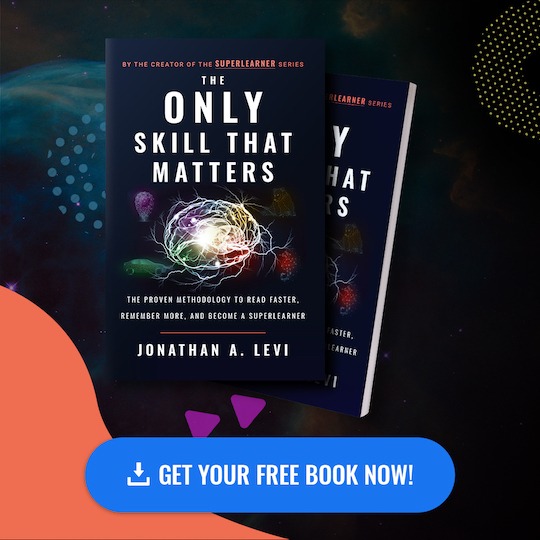




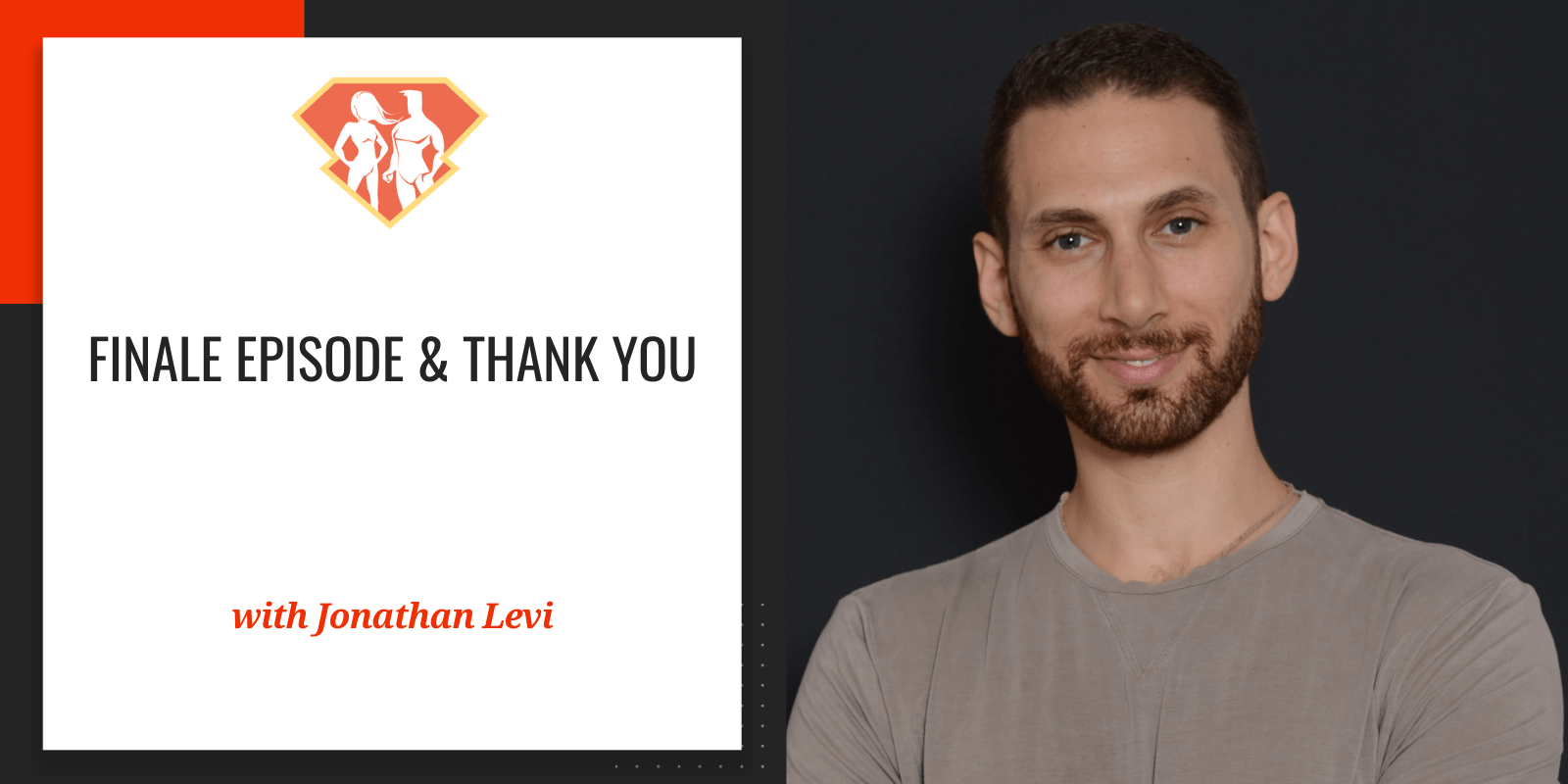
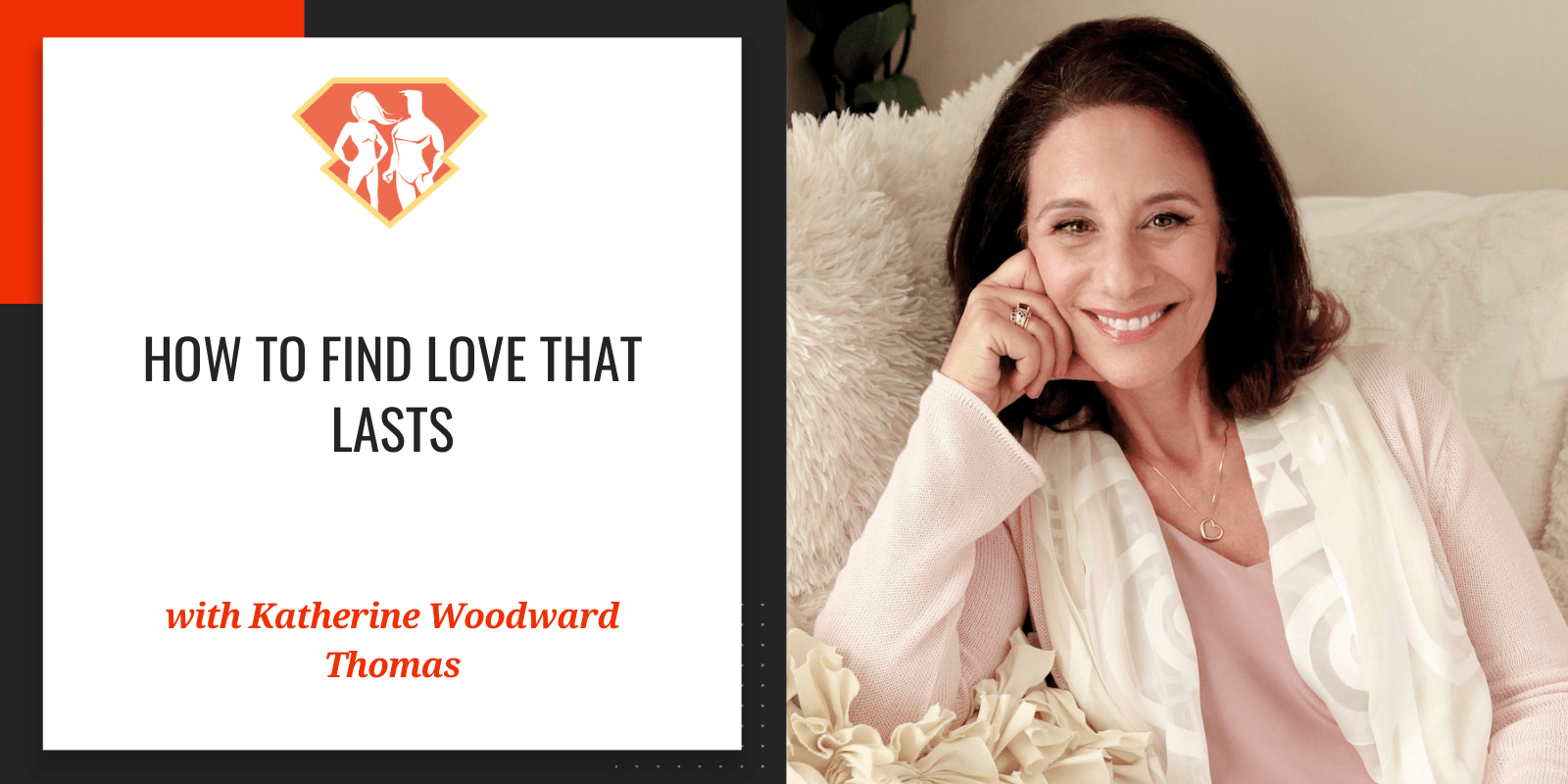
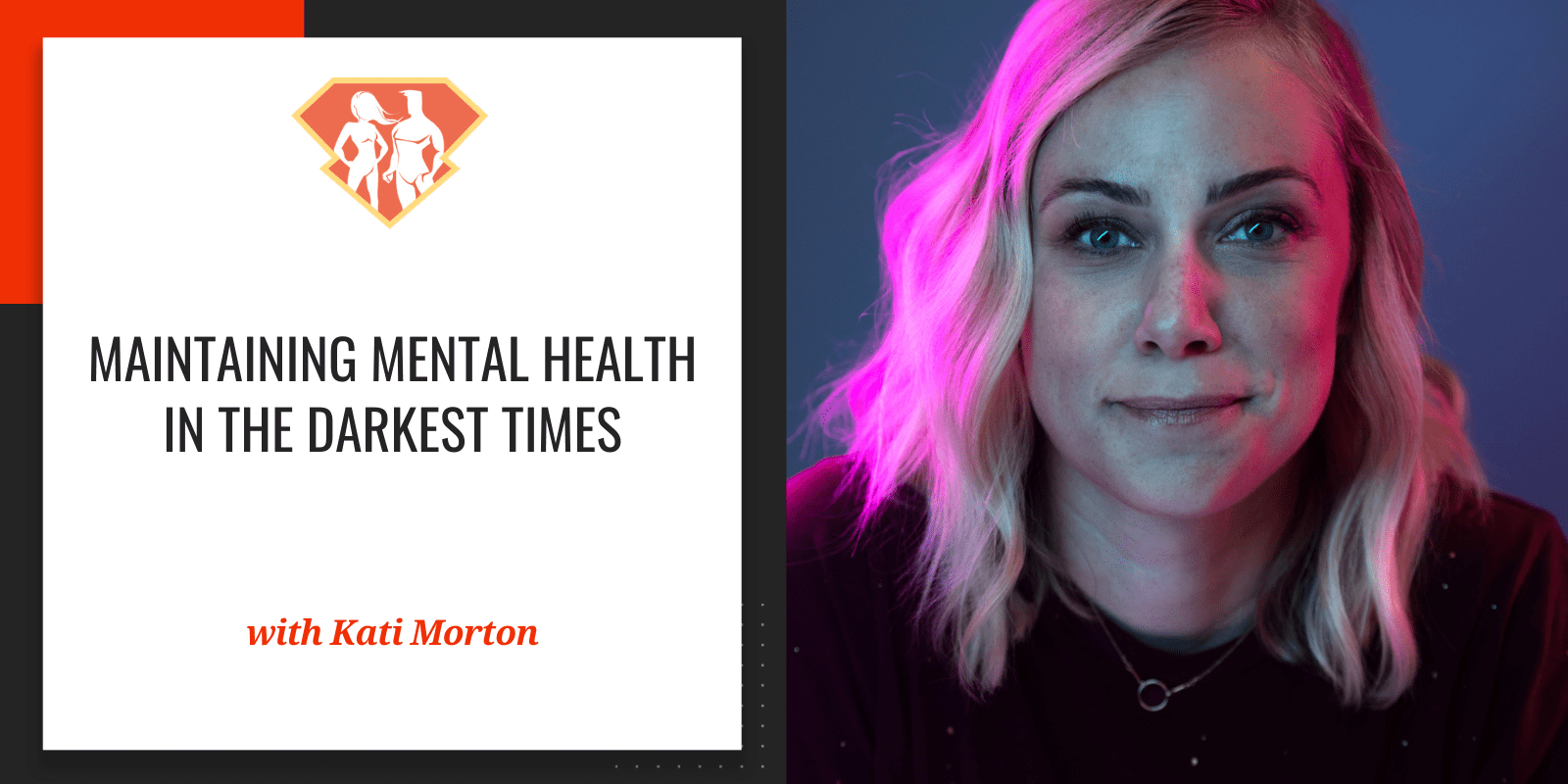
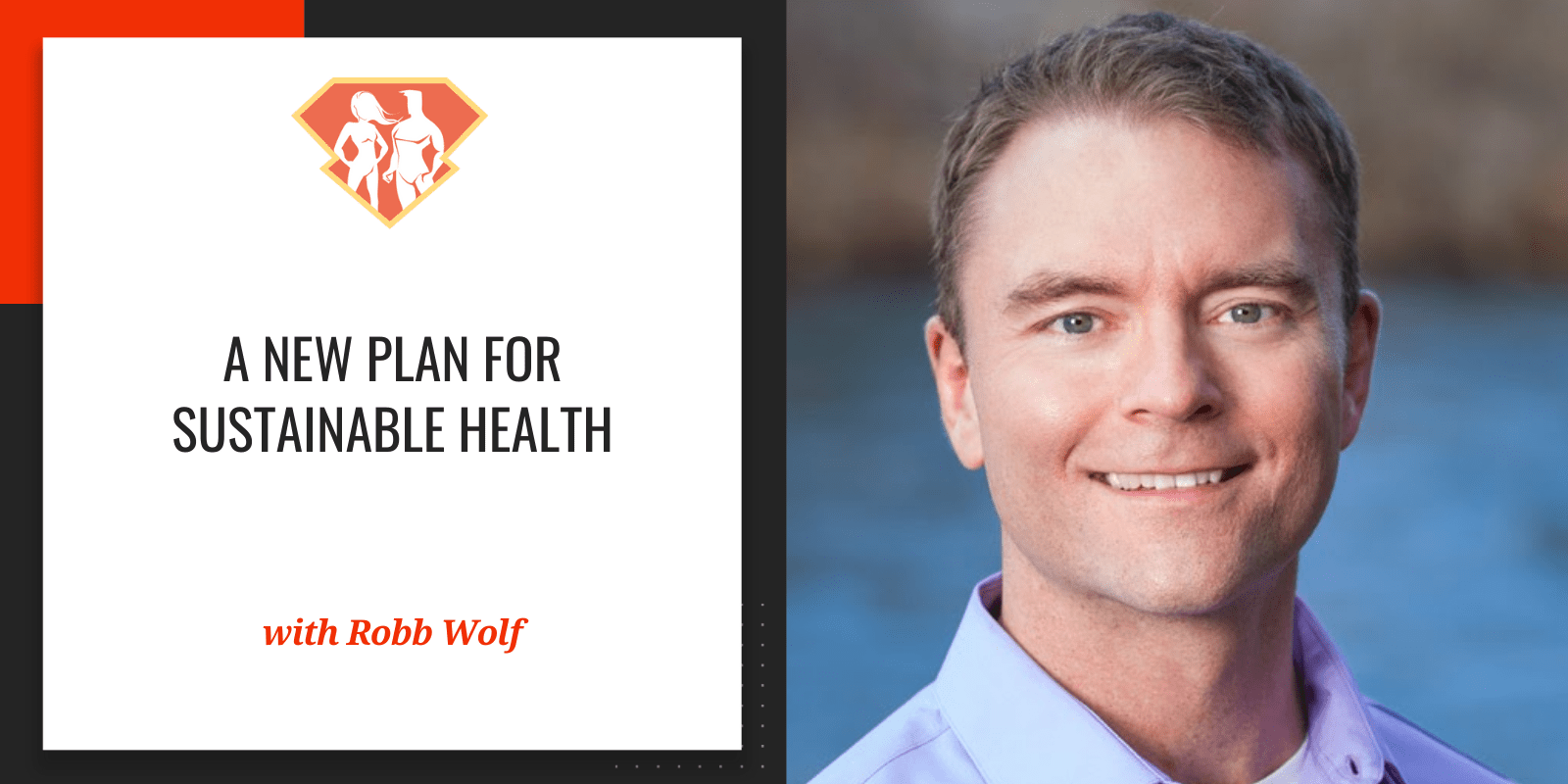
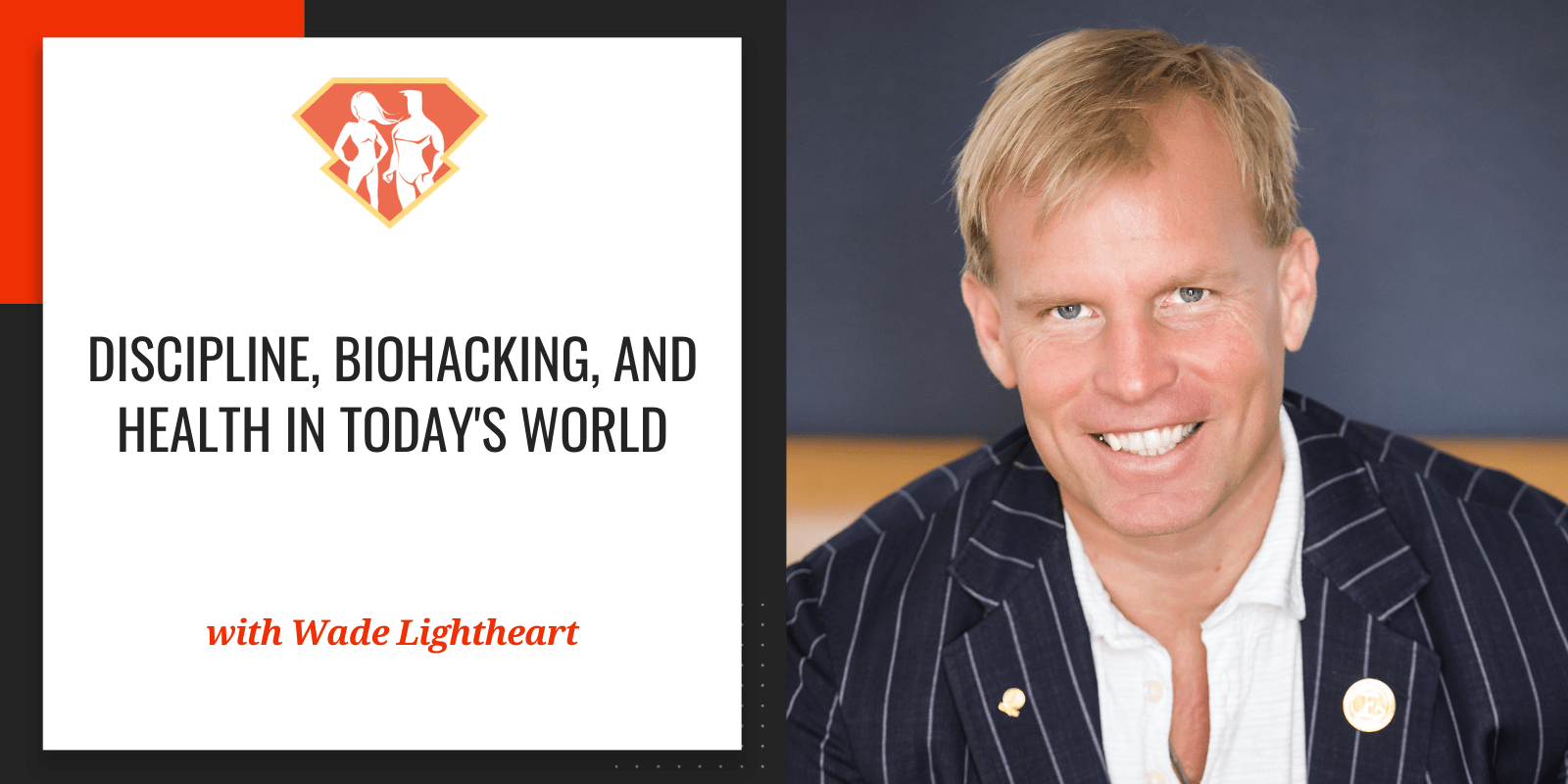
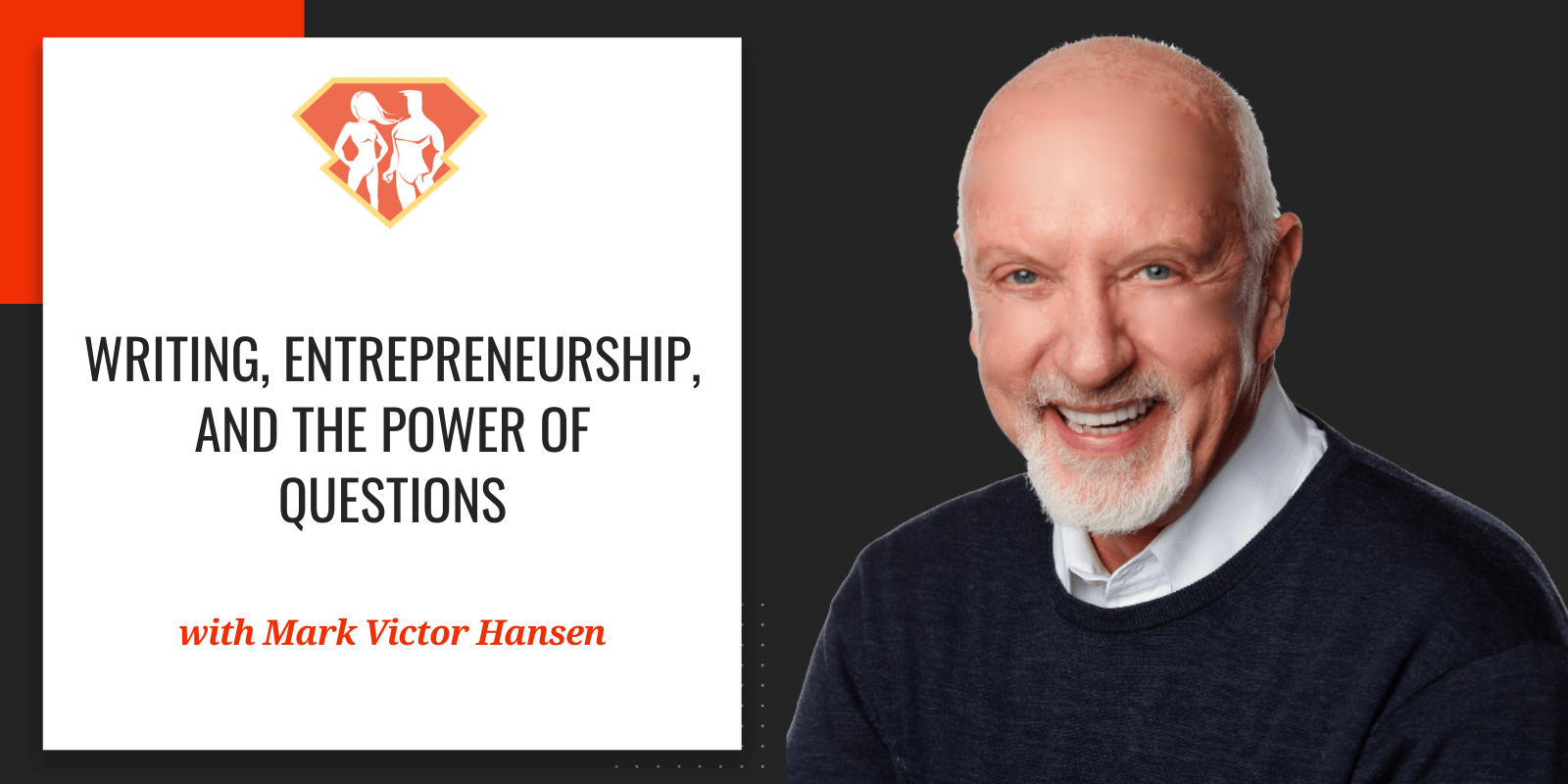
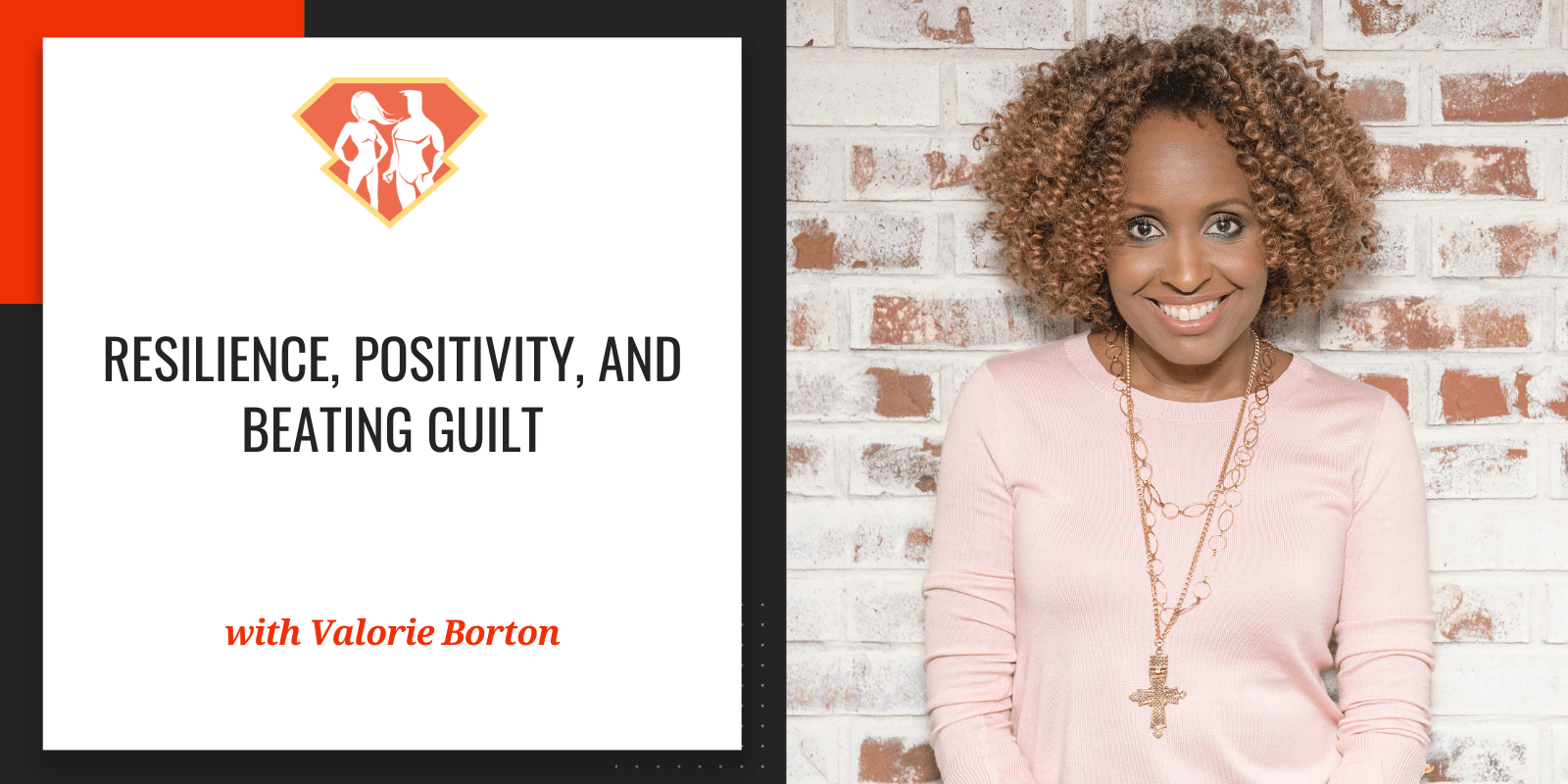
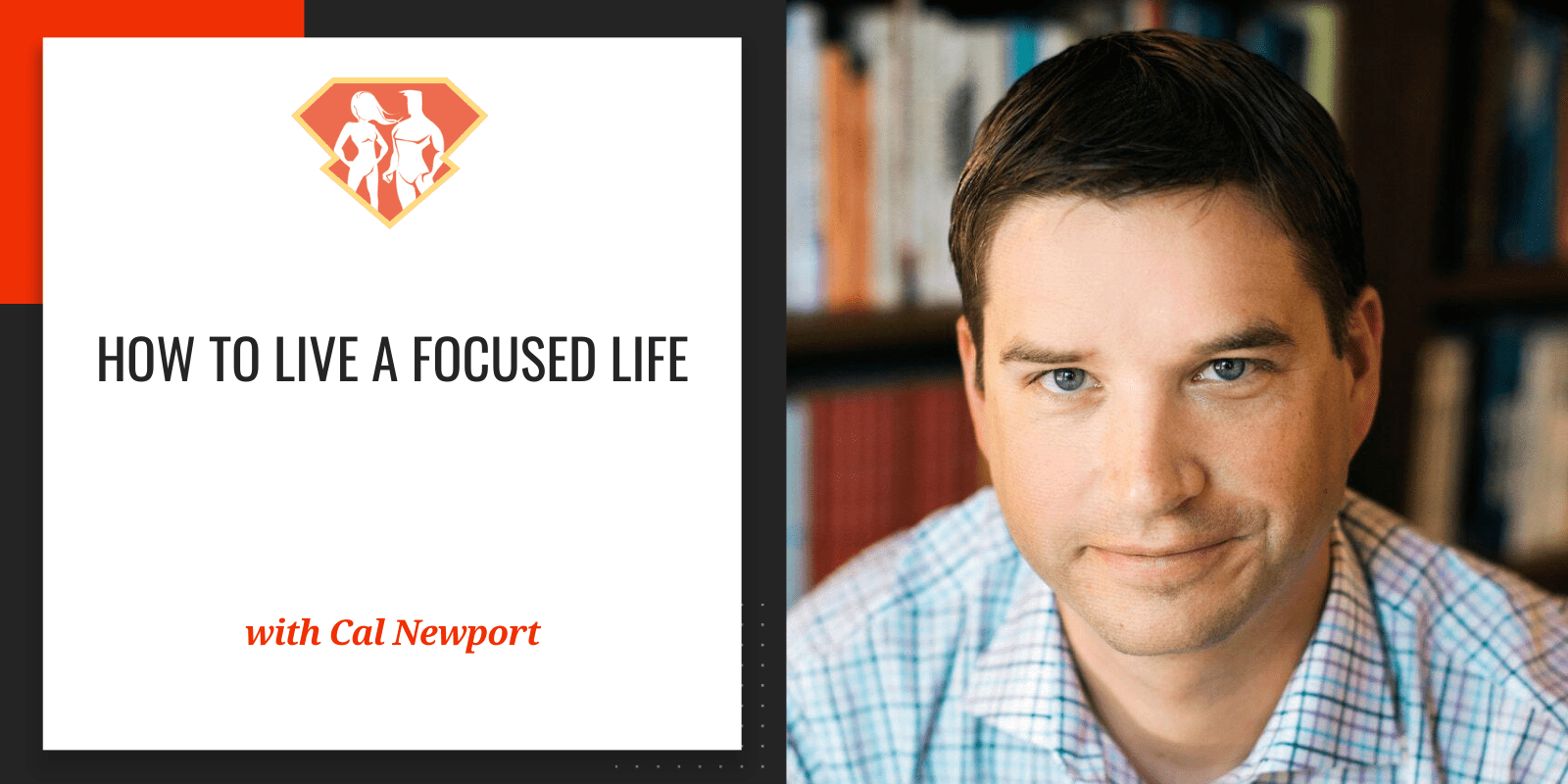
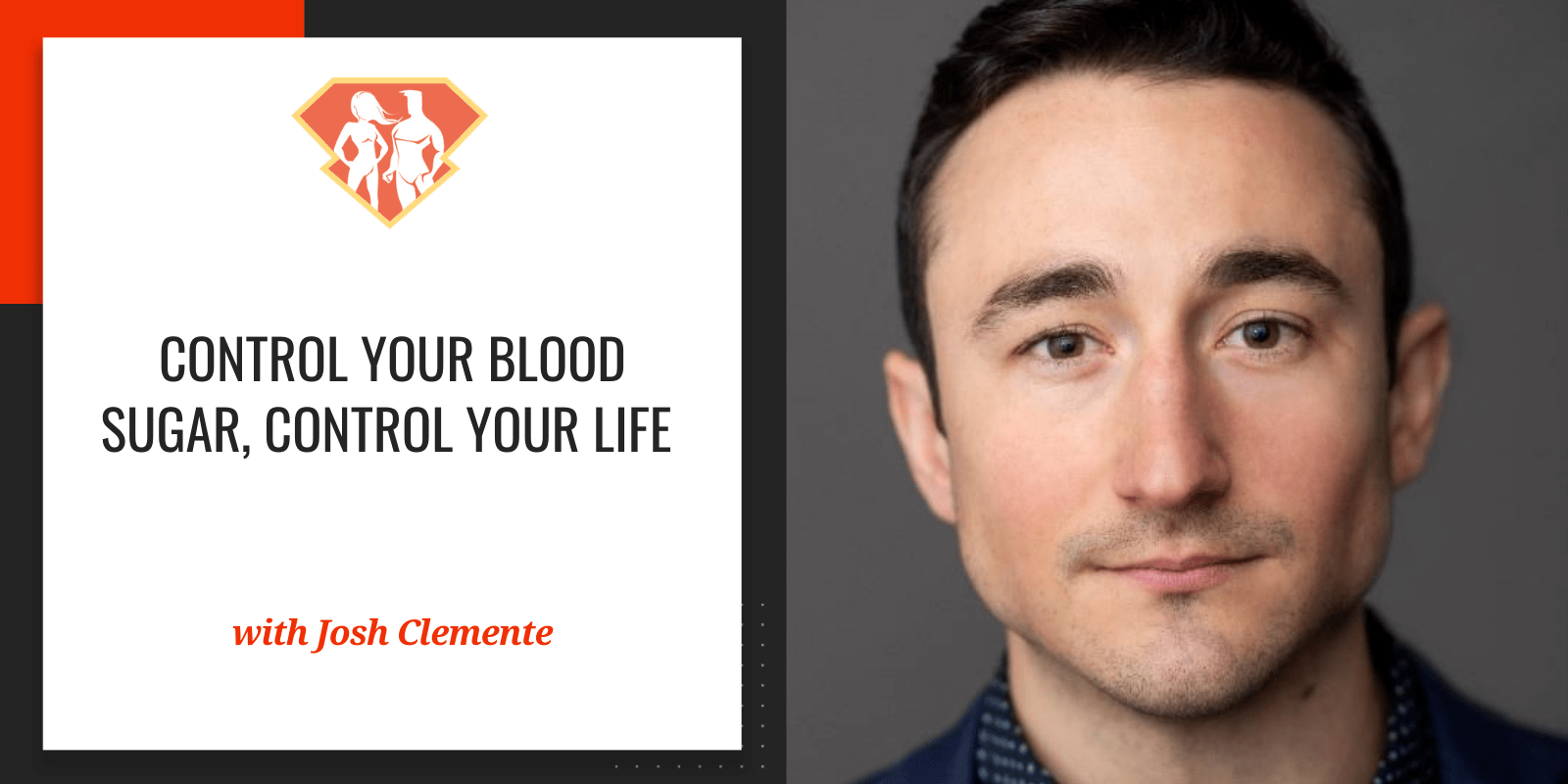
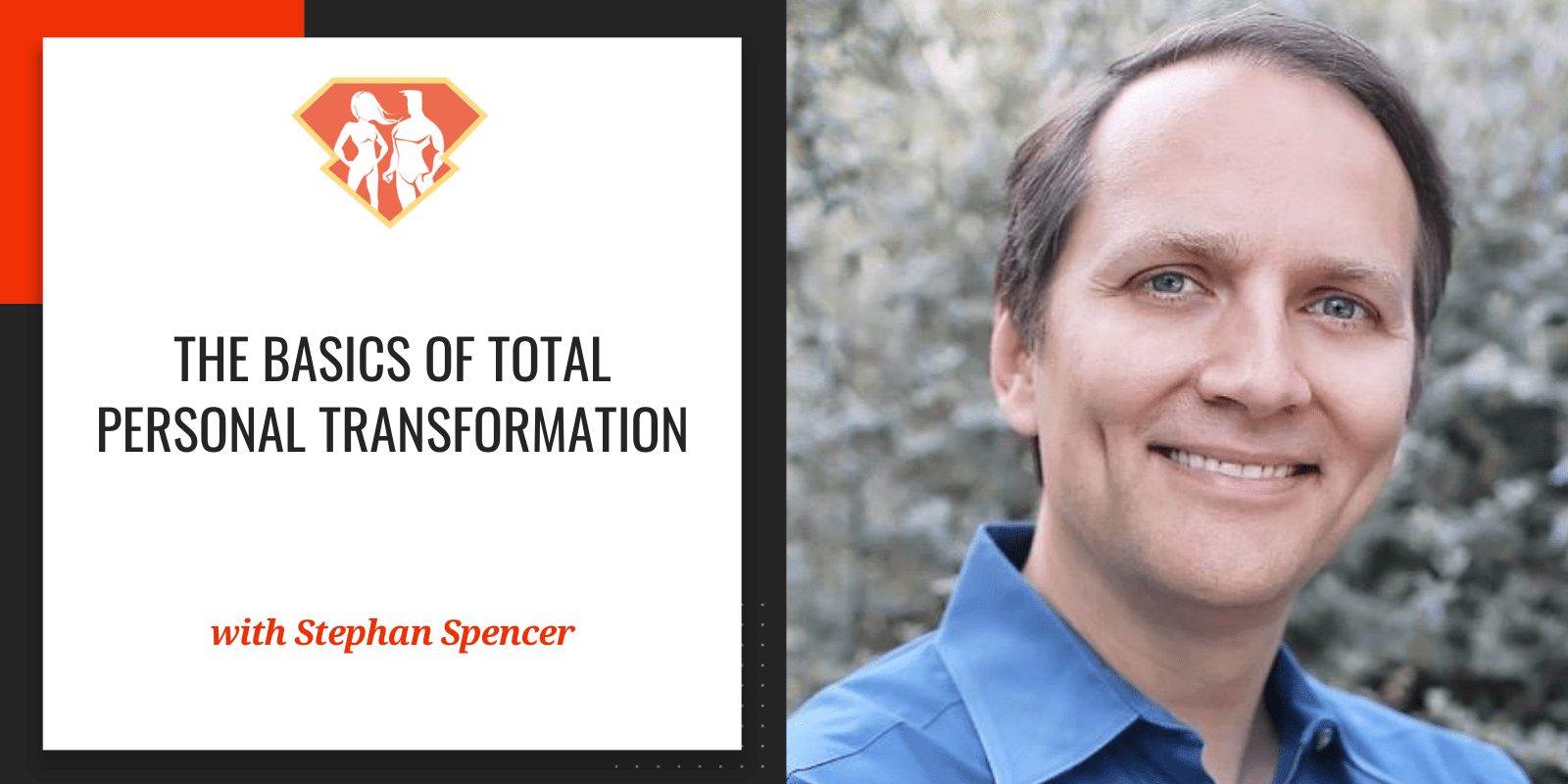
4 Comments
Thanks, I learned a lot of interesting things in past episodes.
loved th heart and the depth of the conversation. The way that Dr. Metivier shared from his enormous experience and insights was just amazing. Thank you Jonathan for doing this podcast!! 🙂
Great interview with Dr. Greg Wells! He mentioned a doctor from Colorado around the 42:30 point of the podcast, discussing turmeric and black pepper. I couldn’t make out the doctor’s name. Can you provide me with his full name and maybe his website or contact info. Interested in his products.
Thanks,
Rob
I am new here, and learning really fast.
Thank you.